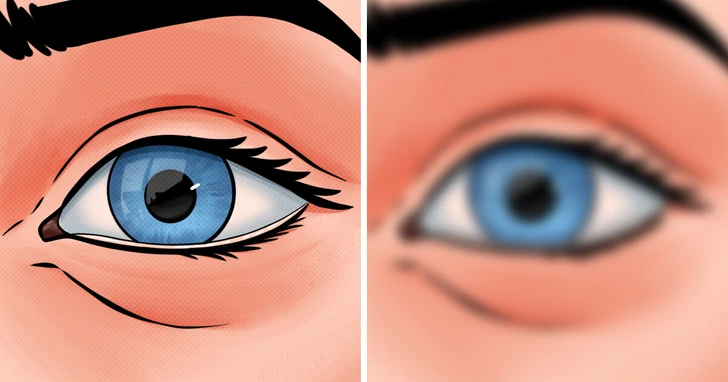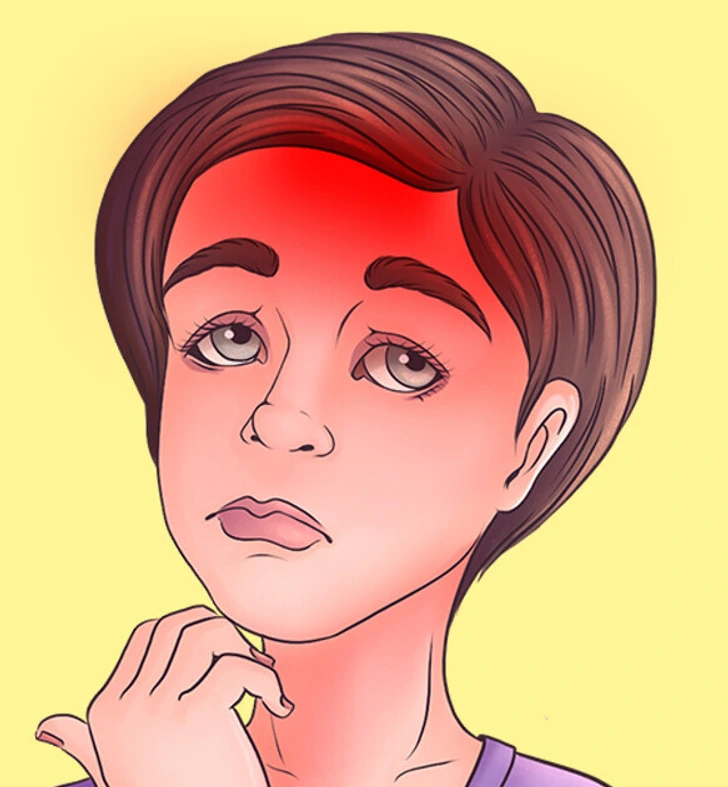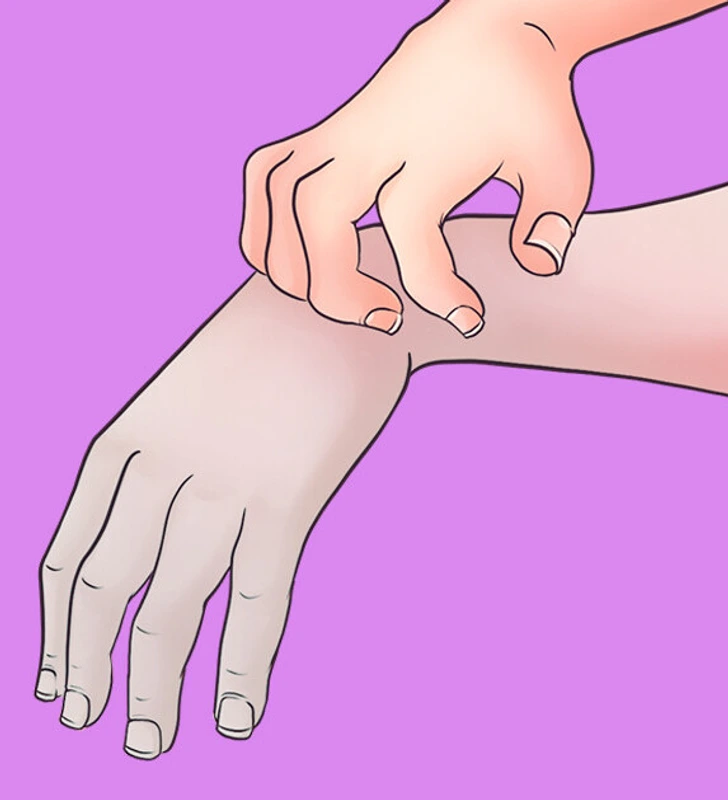A stroke is a medical emergency that can occur unexpectedly, but recognizing the early warning signs can be crucial in getting the proper treatment in time. Acting quickly can significantly improve the chances of recovery and minimize the long-term effects.
1. Sudden Vision Problems in One or Both Eyes

One of the most common symptoms of a stroke is sudden trouble with vision. The brain processes what we see through a network known as the visual pathway. When a stroke affects this pathway or the brain regions responsible for interpreting visual information, it can lead to vision disturbances.
Signs of stroke-related vision issues may include:
- Blurry vision
- Double vision
- Difficulty reading
- Sensitivity to light
- Struggles with depth perception
- Difficulty recognizing faces or objects
- Visual hallucinations
Video:
3 Early Warning Signs of a Stroke
If you or someone around you experiences sudden vision changes, it’s important to seek medical help immediately. Early intervention can help manage vision problems, and doctors can provide treatment or rehabilitation to help the person adapt to their new visual challenges. Identifying these issues early plays a significant role in improving the quality of life after a stroke.
2. Sudden Confusion or Difficulty Communicating
Strokes can cause sudden confusion or impair communication, which can be alarming. About one-third of stroke survivors experience difficulty speaking, reading, writing, or understanding others due to the damage caused in specific areas of the brain.

Some common communication issues following a stroke include:
- Aphasia: Difficulty speaking, understanding speech, reading, or writing.
- Dysarthria: Slurred, slow, or quiet speech due to weak muscles in the face, mouth, or throat.
- Apraxia of Speech: Difficulty moving the muscles needed for clear speech.
If someone is struggling to communicate after experiencing other stroke symptoms, it’s vital to seek medical attention immediately. Prompt care can help manage these challenges and improve the patient’s ability to regain their communication skills over time.
3. Sudden, Severe Headache with No Known Cause

A sudden, severe headache that comes on without warning can be a warning sign of a stroke, especially a hemorrhagic stroke. These types of strokes occur when there is bleeding in the brain, leading to intense pain. People with uncontrolled high blood pressure are more prone to this type of stroke.
Common symptoms of a hemorrhagic stroke include:
- A sudden, intense headache that affects the entire head
- Slurred speech
- Weakness or numbness on one side of the body
- Confusion or difficulty speaking
- Vision issues
- Loss of balance or dizziness
Video:
Stroke Symptoms & Warning Signs B.E. F.A.S.T
Since hemorrhagic strokes can lead to severe brain damage, getting immediate medical attention is crucial. Delayed treatment increases the risk of permanent damage or even death. If you or someone else experiences a sudden, intense headache along with other stroke-related symptoms, call 911 right away.
4. Sudden Numbness or Weakness in the Face, Arm, or Leg

A stroke often disrupts blood flow to the brain, which can cause sudden numbness or weakness in one side of the face, arm, or leg. This is one of the most critical warning signs and should never be ignored, even if the symptoms seem to go away quickly. The symptoms could be fleeting, but that doesn’t mean they aren’t serious.
Signs to watch for:
- Sudden numbness or weakness, especially on one side of the body
- Loss of coordination
- Difficulty walking or maintaining balance
- Trouble standing or moving one part of the body
Even if the numbness or weakness disappears, it’s essential to get medical help. A quick response can prevent a more severe stroke from occurring and may improve the overall outcome of treatment.
How to Identify a Stroke: Use the F.A.S.T. Method

Time is of the essence when it comes to treating a stroke. The best outcomes are achieved when treatments are administered within three hours of the first symptoms. Recognizing a stroke in time can be life-saving. To help you quickly assess whether someone may be having a stroke, remember the F.A.S.T. test:
- F — Face: Ask the person to smile. Does one side of their face droop or look uneven?
- A — Arms: Ask the person to raise both arms. Does one arm drift downward or fail to rise?
- S — Speech: Ask them to say a simple sentence. Is their speech slurred, garbled, or difficult to understand?
- T — Time: If you notice any of these symptoms, call 911 immediately. Every second counts in treating a stroke.
What About a “Mini-Stroke” (TIA)?

A Transient Ischemic Attack (TIA), also known as a “mini-stroke,” occurs when the blood flow to the brain is temporarily disrupted. The symptoms of a TIA may mimic those of a full stroke, but they usually disappear within minutes to hours.
Even though the symptoms go away quickly, a TIA is a serious warning sign. It indicates that there may be an increased risk of a more severe stroke in the future. If you or someone you know experiences stroke-like symptoms, even if they subside, it’s crucial to seek medical attention right away. Early intervention can prevent a more severe stroke later on.
Conclusion: The Importance of Fast Action
Recognizing the early warning signs of a stroke is vital for ensuring the best possible outcome. Sudden changes in vision, confusion, severe headaches, and numbness or weakness can all signal a stroke, and the quicker you act, the better the chances of minimizing brain damage and improving recovery. Remember to act F.A.S.T. when you suspect a stroke is occurring and seek immediate medical attention. By acting quickly, you can help save lives and improve the chances of a successful recovery.


